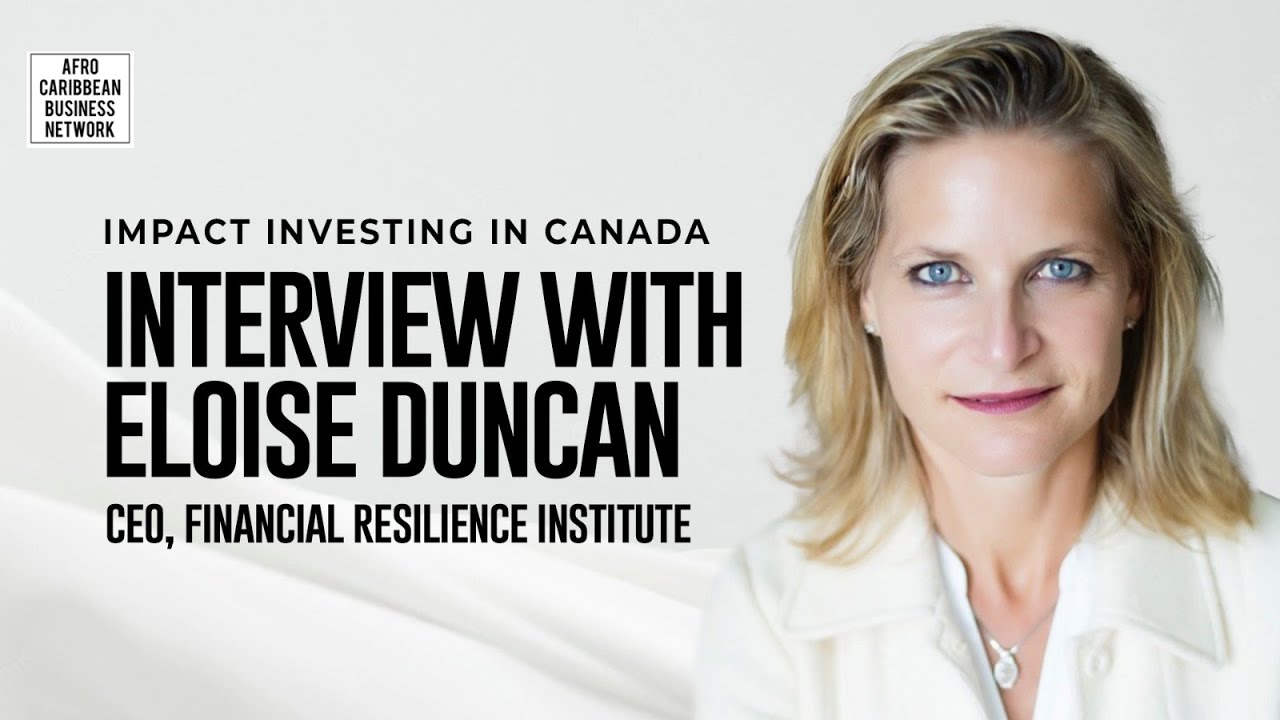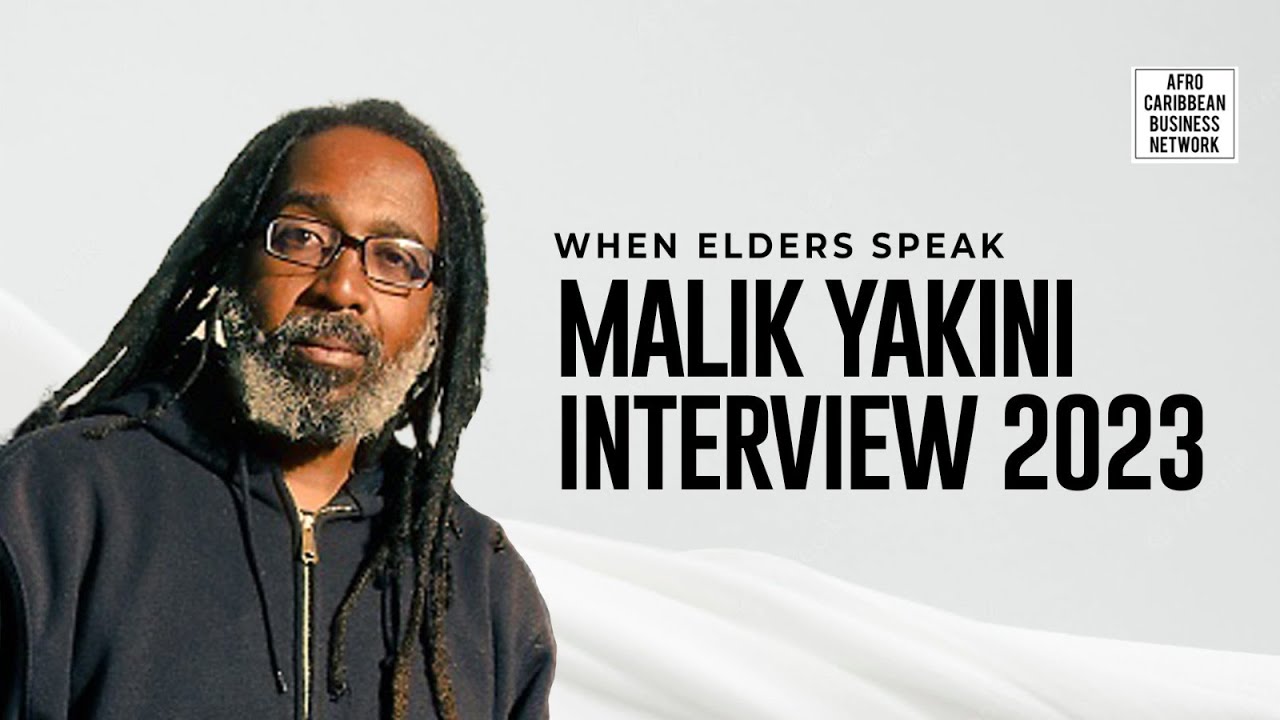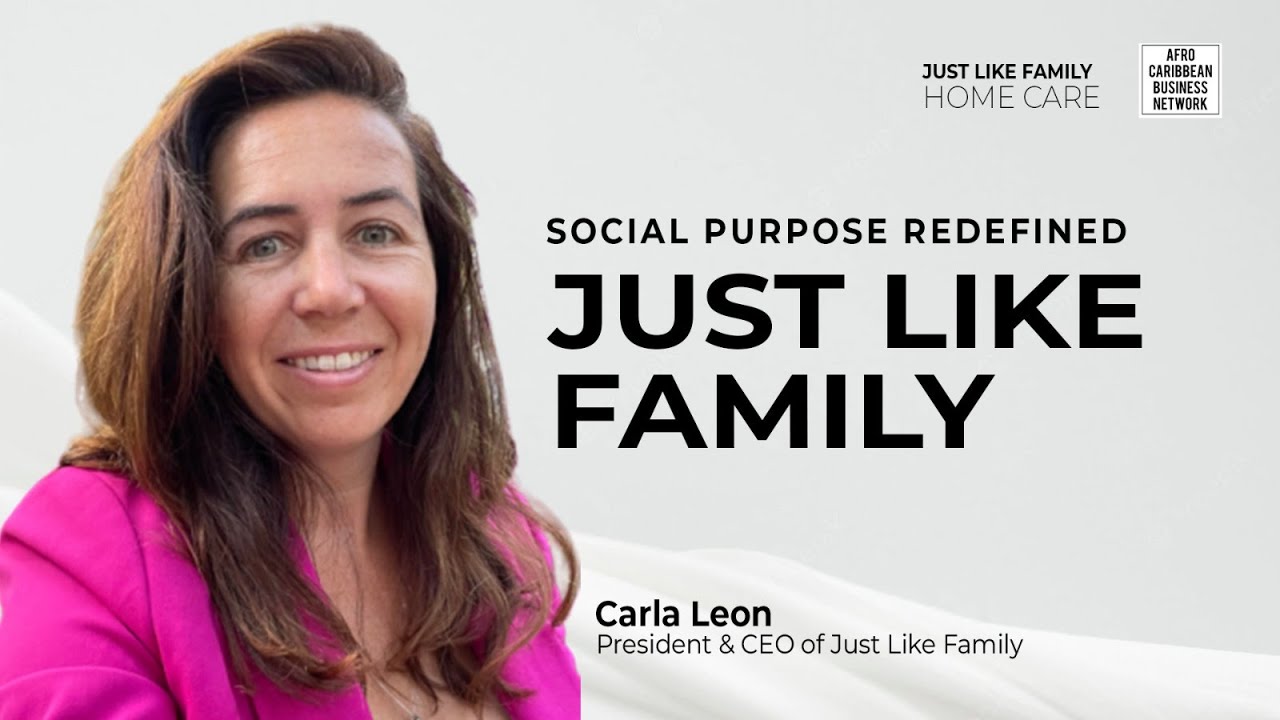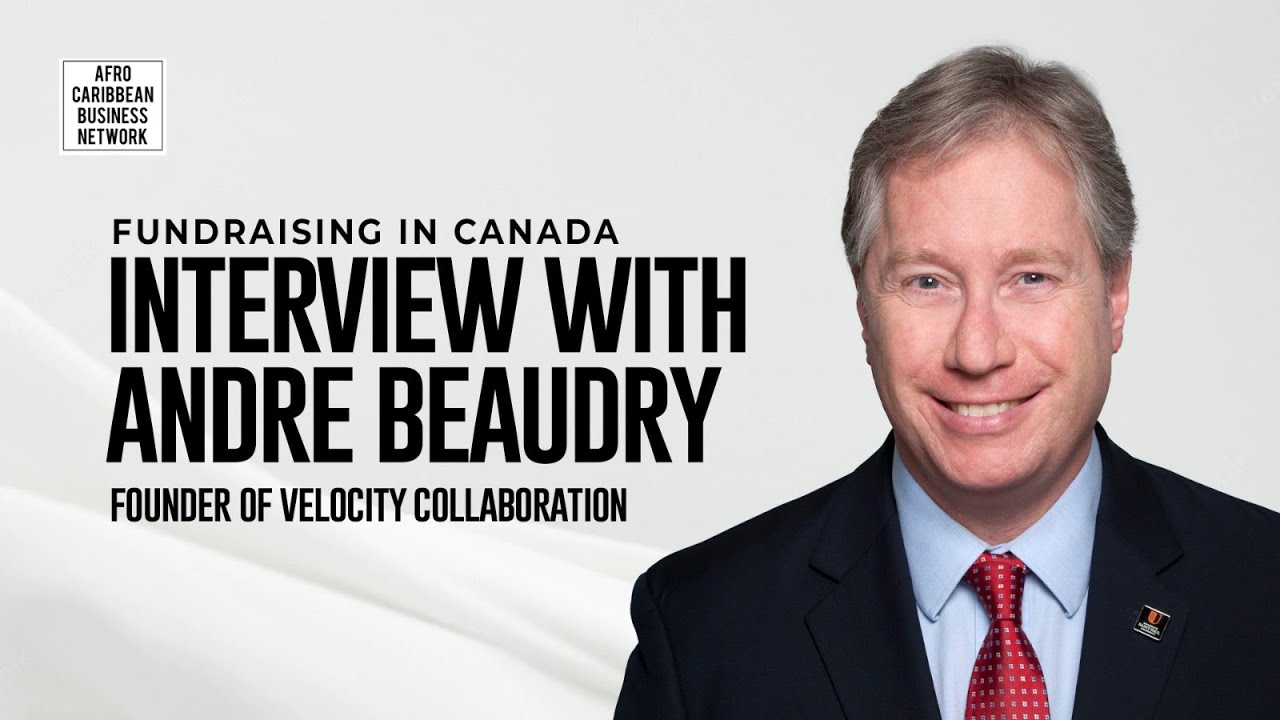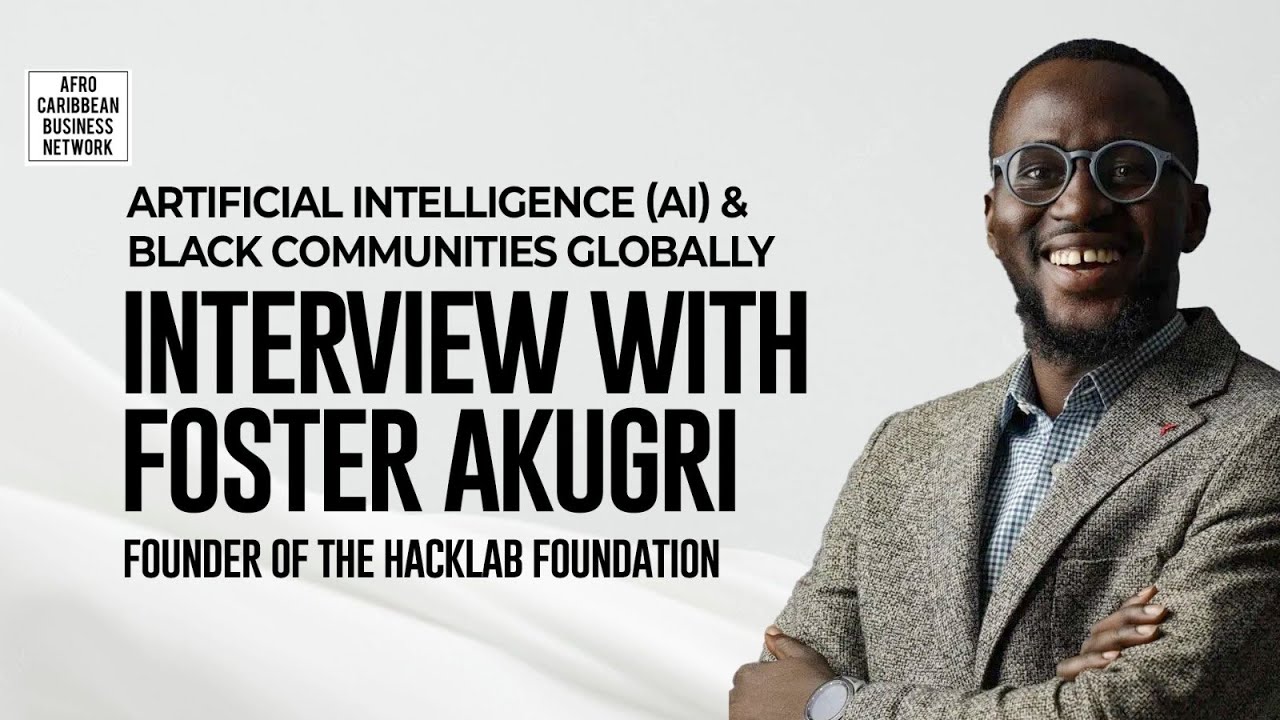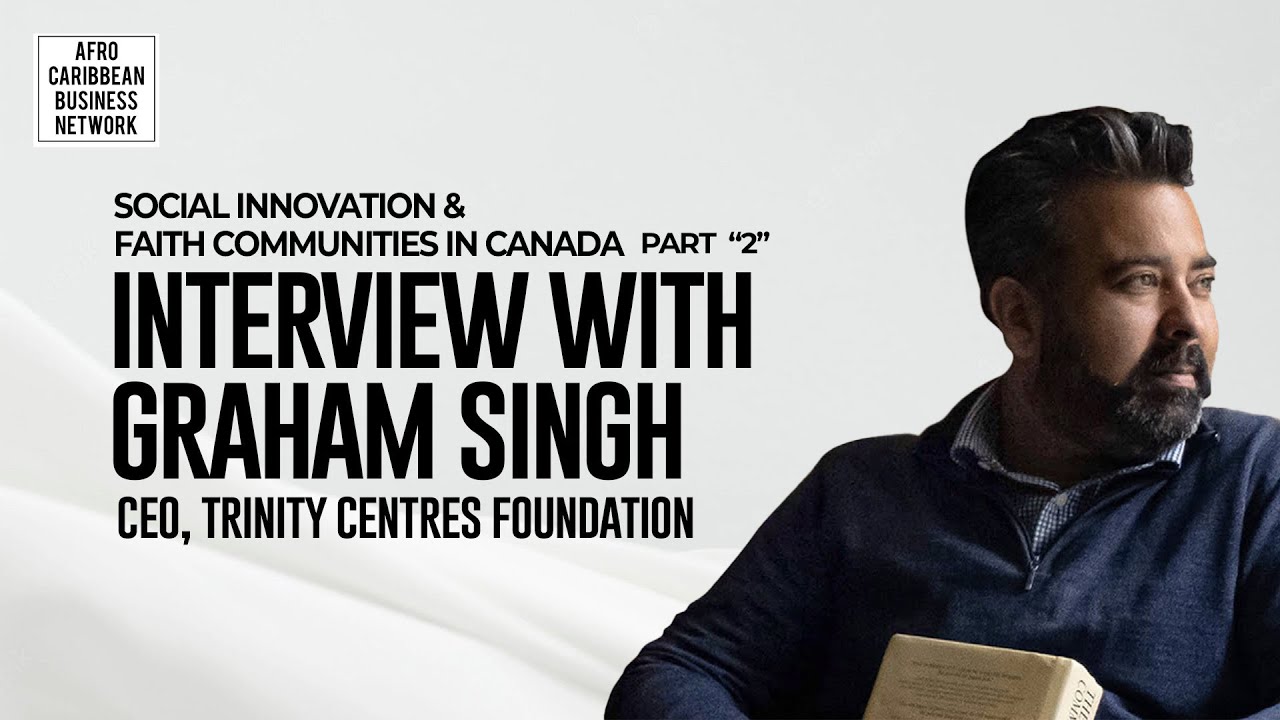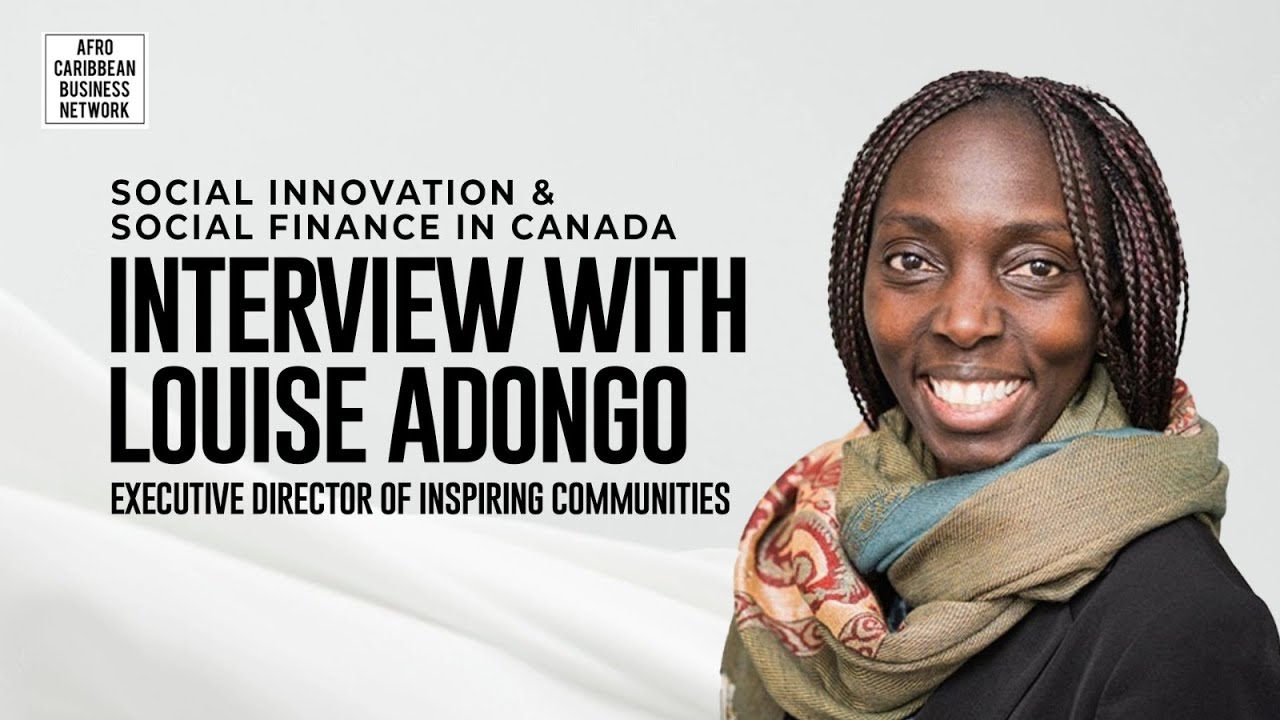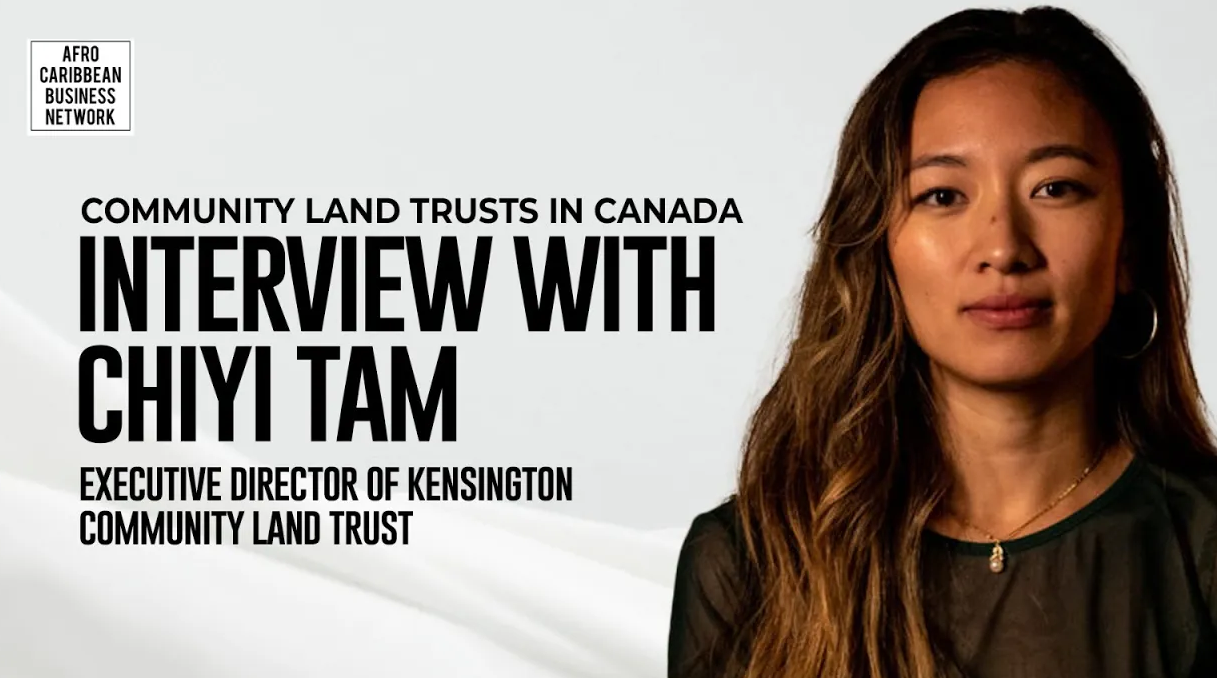Recently, we sat down with Eloise Duncan, CEO and Founder of the Financial Resilience Institute, to discuss the urgent state of financial resilience in Canada. With 25 years of consulting experience and a commitment to advancing economic equity, Eloise and her team are reframing how we measure and support financial health—beyond just income.
The Power of the Index
Recognizing a massive gap before the pandemic, Eloise created the Seymour Financial Resilience Index (SFRI)—a tool that measures a household’s ability to withstand financial hardship from unexpected shocks like divorce, disability, or job loss.
This independent model gives policymakers, financial institutions, and businesses the data they need to target support where it’s needed most. For entrepreneurs in the ACBN network, the SFRI is a powerful lens to design better services, employee programs, and customer solutions.
Key Insights for Entrepreneurs and Business Owners
1. Financial Vulnerability Exists at All Income Levels
Earning a high salary or having a strong credit score doesn’t always mean financial stability. The Index shows vulnerability across every income group, often tied to behavior or lack of social capital.
Action step: Build solutions that address financial habits and support systems—not just income brackets.
2. Data Can Unlock Targeted Support
The SFRI highlights clear differences between groups, such as millennial women vs. Gen X women, or single-parent households vs. others.
Action step: Move beyond one-size-fits-all approaches. Tailor financial products, wellness programs, and tools to meet the real needs of distinct community segments.
3. Measure Your Impact Over Time
The Index allows businesses to benchmark and track changes in financial resilience, showing whether interventions—like wellness programs or customer tools—are making a difference.
Action step: Use longitudinal data to prove the value of your programs and justify further investment.
4. Canadians Want Empowerment, Not Pity
Seventy-five percent of Canadians want to understand and improve their financial resilience. People are working hard, even under pressure.
Action step: Provide accessible tools that empower individuals and families. The Institute’s new free score tool is one example of how to meet this demand while opening doors for partnerships.
5. Collaboration is Key to Real Change
Inflation, rising housing costs, and food insecurity make this a critical moment for collective action. The Institute offers tiered pricing for subscriber reports to make its data widely accessible.
Action step: Partner with values-aligned organizations to amplify your impact and ensure that support reaches those who need it most.
Final Word: Building a More Resilient Canada
Income is only one part of the picture. By leveraging robust data, entrepreneurs can design programs that strengthen both individuals and communities, creating long-term financial well-being.
🎥 Watch the full interview with Eloise Duncan here: YouTube Interview
Learn about our ACBN Membership so we can work with you to build your business: Join ACBN
